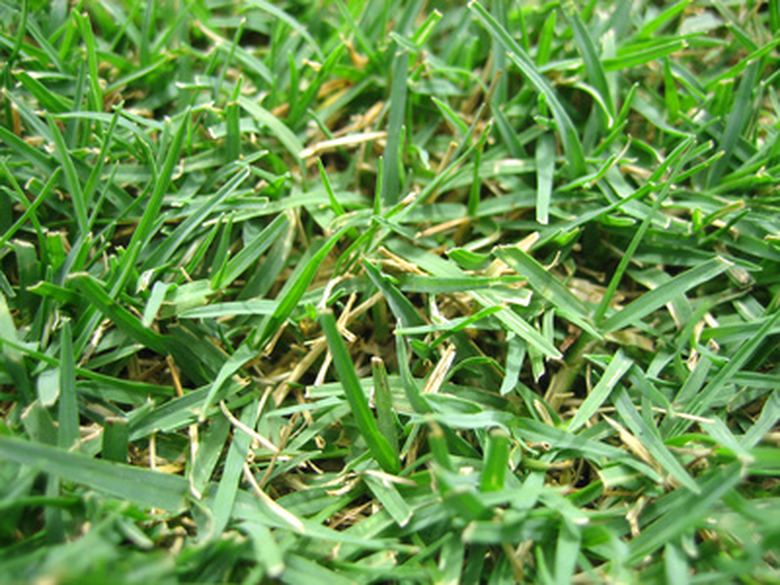Herbicide For Cheatgrass
Cheatgrass-also known as downy brome, military grass, downy cheat and downy brome grass, invaded the U.S. in the 19th century, according to the University of Nevada Extension. It is common in areas that have suffered fire damage, are disturbed by human activity or are overgrazed. It is highly invasive and quickly destroys crops.
Identification
Ensure you have cheatgrass before attempting control. Cheatgrass, according to Montana State University, usually grows between 6 to 24 inches in height. The leaves are brownish green when they emerge. Plants turn a reddish brown when mature. The leave sheaths are flat and exhibit twisting blades that are covered with a fine hair. The leaves grow a fraction of an inch wide and grow out 2 to 6 inches long.
- Cheatgrass-also known as downy brome, military grass, downy cheat and downy brome grass, invaded the U.S. in the 19th century, according to the University of Nevada Extension.
- The leave sheaths are flat and exhibit twisting blades that are covered with a fine hair.
Adaptation
Cheatgrass is widely adapted and grows in all sorts of soil types and qualities, says Utah State University. It will not grow in extremely wet or saline alkali soils. Competition from perennial native plants or cultivated plants reduces cheat grass spread.
When Control is Needed
Control cheatgrass immediately if it is in your crop. It will likely take over the area during the fall when the plants are dormant or harvested. Eradicate cheatgrass in the home landscape if it grows within 30 feet of the home. Dried cheatgrass burns easily and is known to cause fires.
- Cheatgrass is widely adapted and grows in all sorts of soil types and qualities, says Utah State University.
- Control cheatgrass immediately if it is in your crop.
Pre-Emergent Herbicide
Apply a glyphosate herbicide to the cheatgrass before the seed head forms. Glyphosate is a common herbicide component. It works as a pre-emergent herbicide, poisoning the seed before it has time to germinate or create a seed head. Use it in the fall before the common cheatgrass germination time for your area. Contact your local university extension for information on germination periods. Mix and apply the herbicide according to the packaging instructions.
Post-Emergent and Pre-Emergent Combos
Herbicides containing both glyphosate and imazapic work as both a pre-emergent and post-emergent herbicide. Post-emergent herbicides kill cheatgrass once it has appeared. Imazapic on its own kills cheatgrass after it emerges. Apply imazapic herbicide in the later summer or fall to kill cheatgrass.
- Apply a glyphosate herbicide to the cheatgrass before the seed head forms.
- Apply imazapic herbicide in the later summer or fall to kill cheatgrass.
